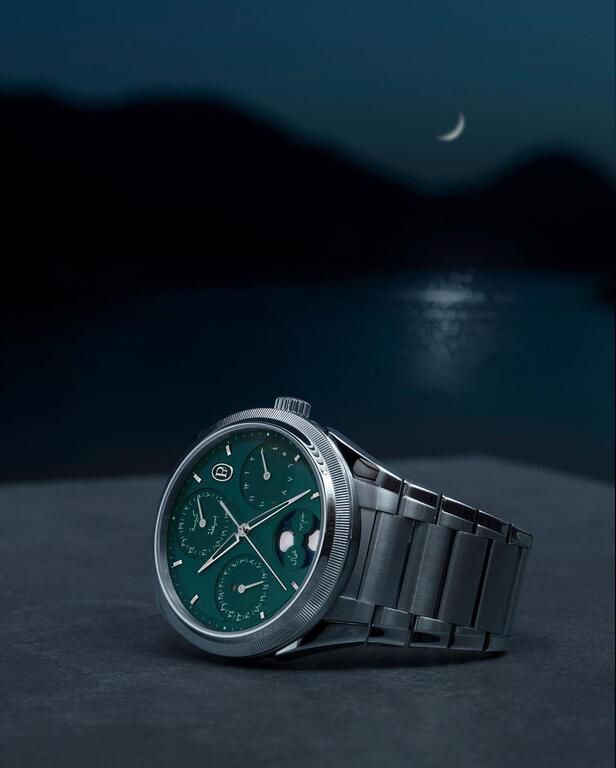
- BEST IN ONLINE MEDIA (MAGAZINE)
- 2013 & 2010 GOLD AWARD WINNER
- ASIAN DIGITAL MEDIA AWARDS
- WEBSITE OF THE YEAR - GOLD
- MULTIMEDIA PROJECT OF THE YEAR
- 2017 MPAS AWARDS
ASIA'S PREMIER LUXURY & LIFESTYLE MAGAZINE
SENATUS.NET
 | 7 March 2024
| 7 March 2024
Parmigiani Fleurier unveils the TONDA PF Hijri Calendar, the latest creation from its TONDA PF collection. In doing so, the Manufacture becomes the first brand worldwide to offer three cultural calendars within a single collection.
The new calendar is based on technology Parmigiani Fleurier developed for an exclusive table clock launched in 2011 and inspired by the restoration of a pocket watch featuring an Arabic calendar. For the first time in Parmigiani Fleurier’s history, the Hijri Perpetual Calendar complication is made available in a wristwatch.
In the Muslim world, the calendar is based on the cycles of the moon. The Hijri or Islamic lunar calendar consists of twelve months of 29 or 30 days – depending on the moon phase- and is used to pinpoint the days for Islamic holidays. In contrast to the solar calendar, which is used in the west, the months of the lunar calendar change annually by a difference of -10 to -12 days. As a result, each month always falls on a different season and therefore varies from the Gregorian Calendar.
The starting point of Islamic time calculations is the emigration of the Prophet Muhammad from Mecca to Medina in present-day Saudi Arabia in the year 622, known as Hijri, and is when the first Muslim community was founded.
On the dial, the hours and minutes, and date in Arabic numerals, the name and length of the months in Arabic calligraphy, as well as the abundant and the common years. It also features a moon phase in an aventurine sky and a power reserve of up to 48 hours.
From the Chinese Xiali calendar to the Gregorian annual calendar and now the Hijri lunar calendar, Parmigiani Fleurier is setting a new standard for cultural diversity in timekeeping.
SENATUS is a registered trademark of SENATUS PTE LTD. The material on this site may not be reproduced, distributed, transmitted, cached or used otherwise, except as expressly permitted in writing by SENATUS.















